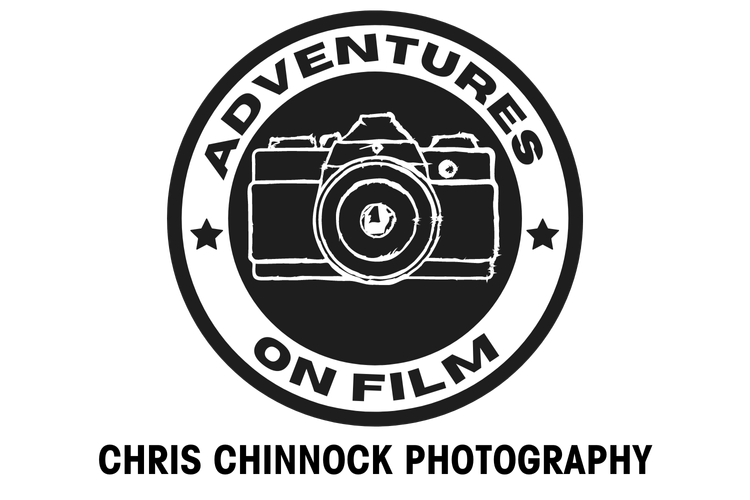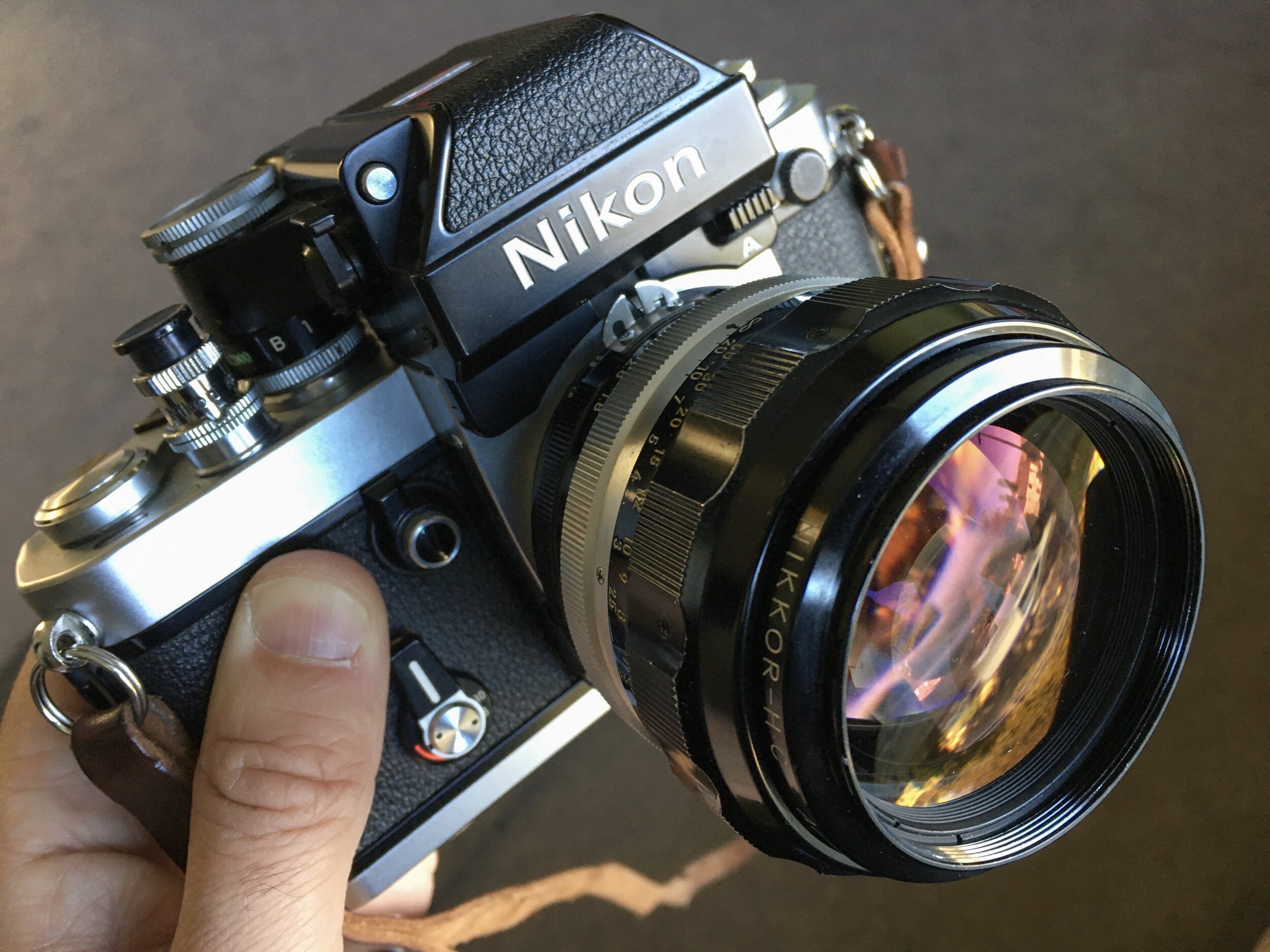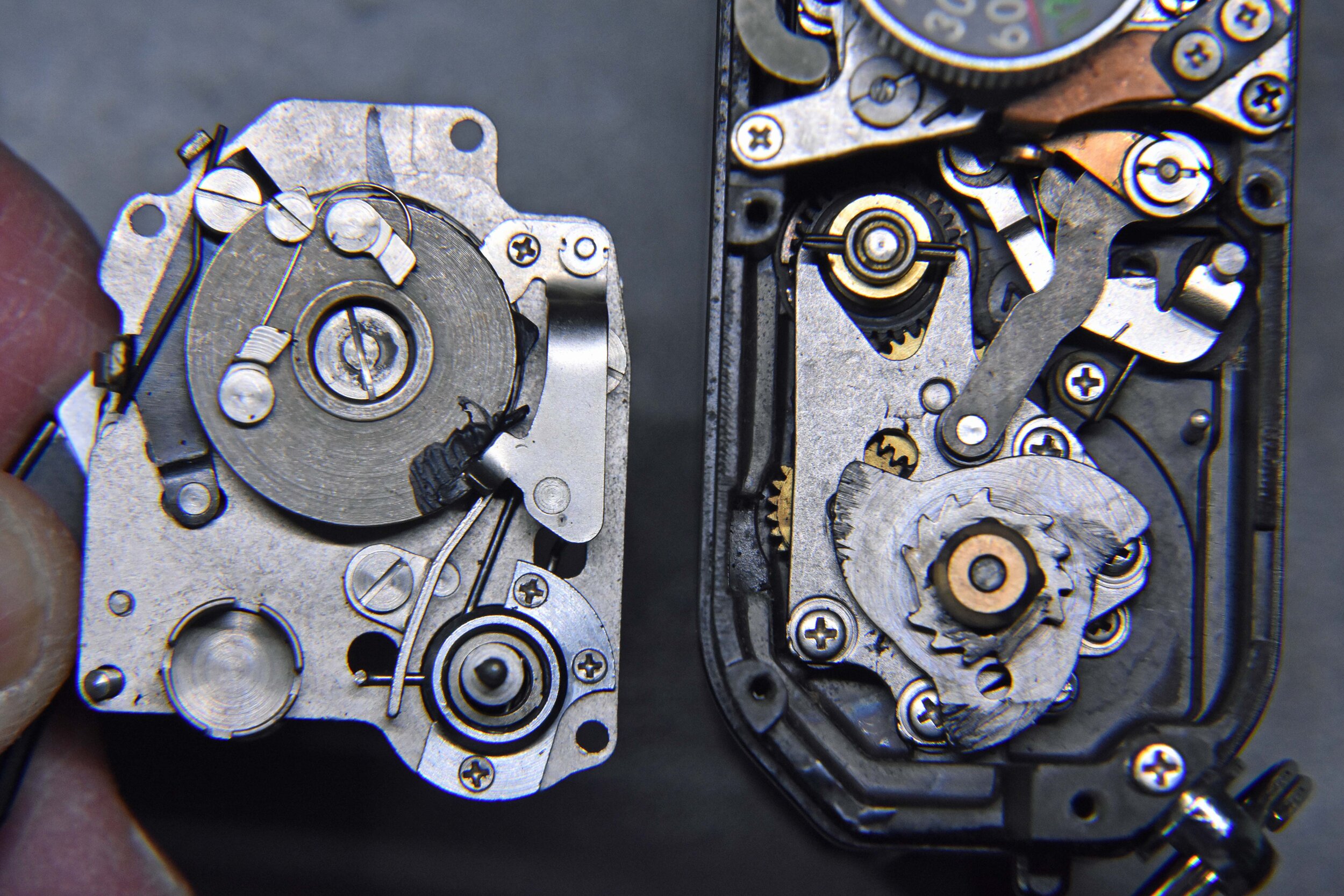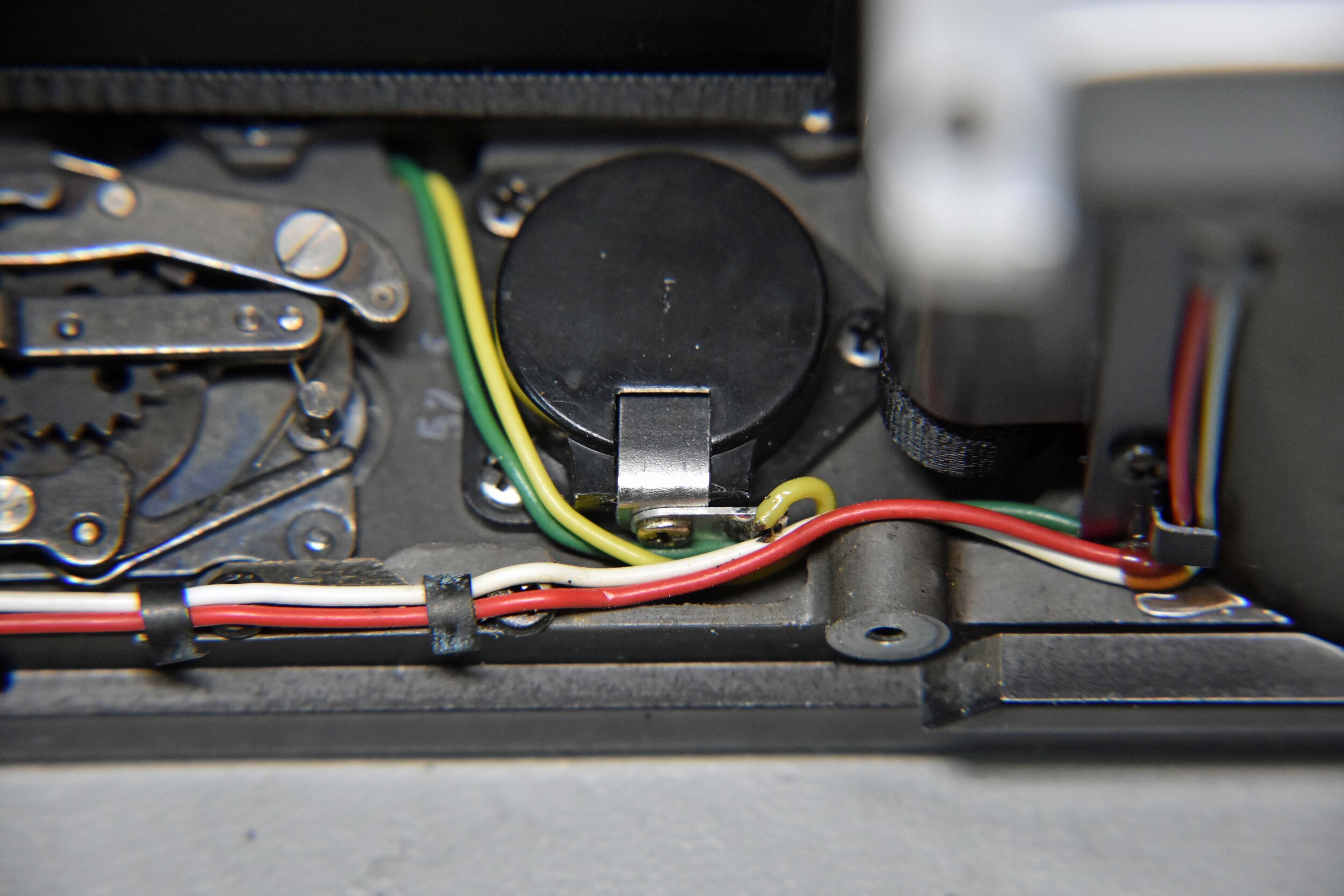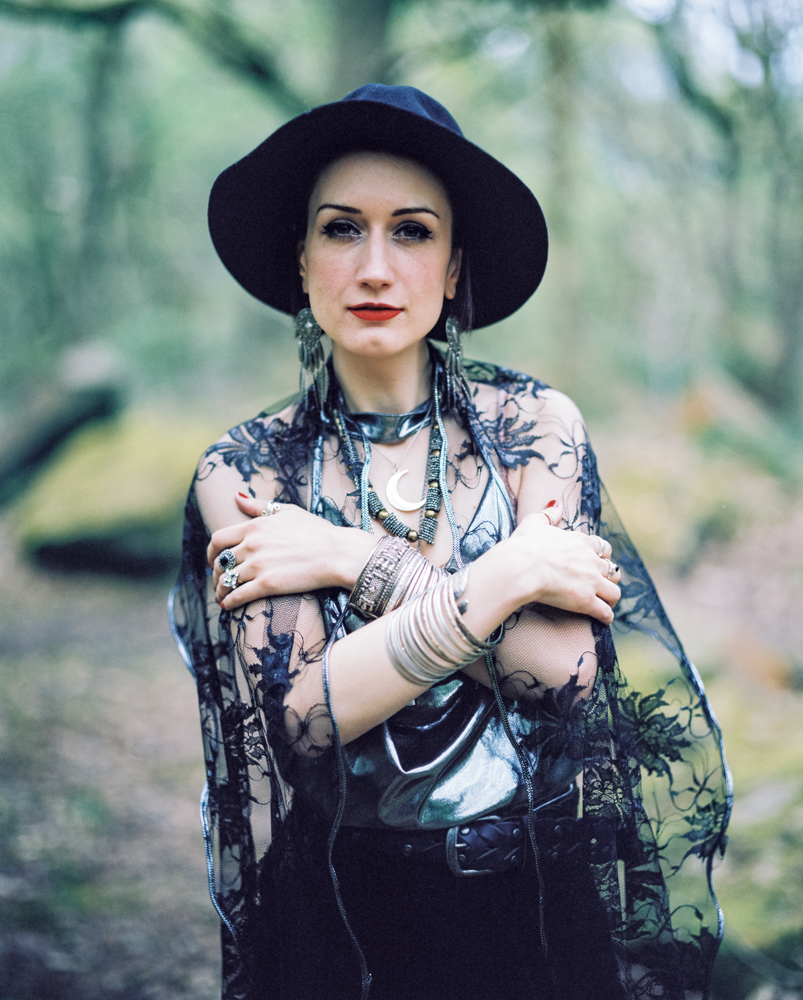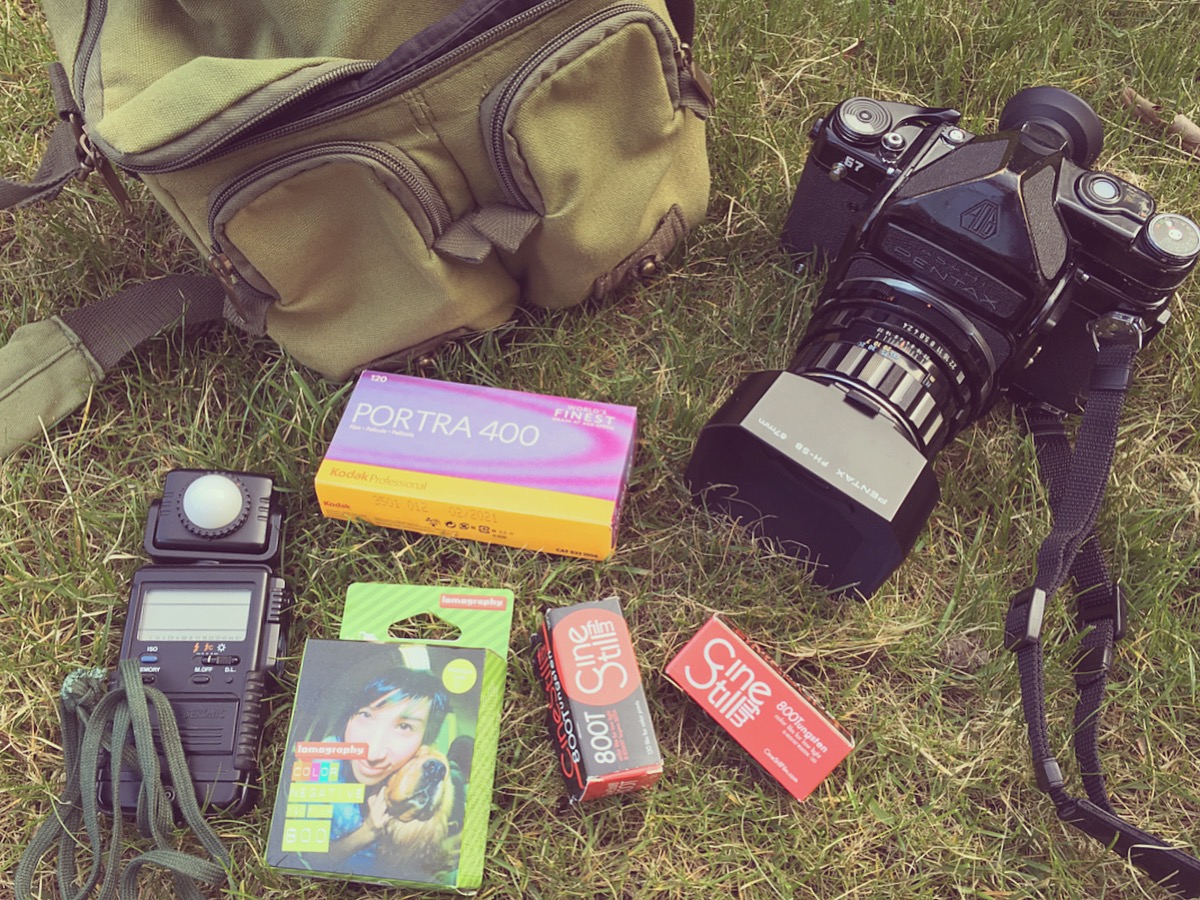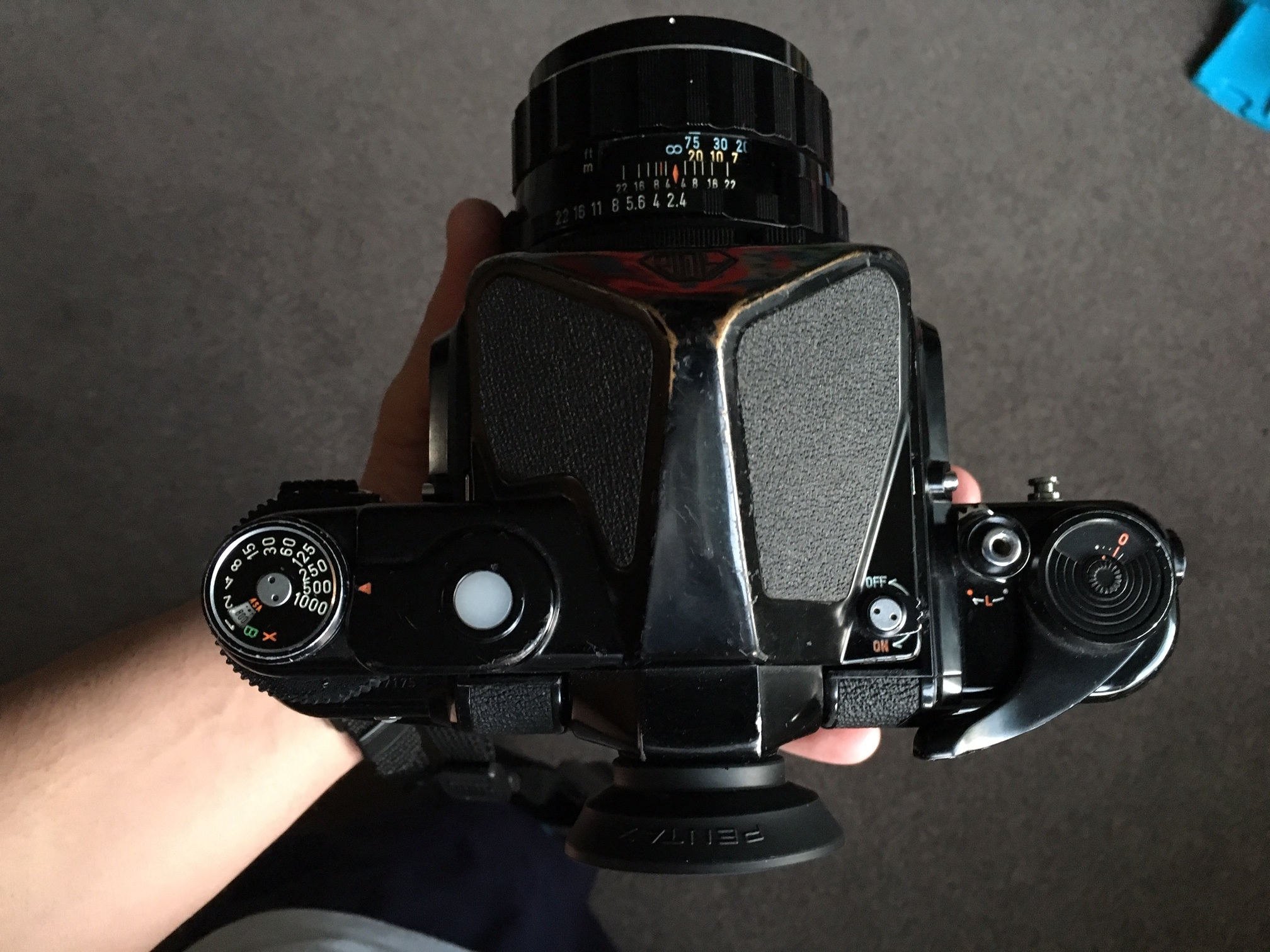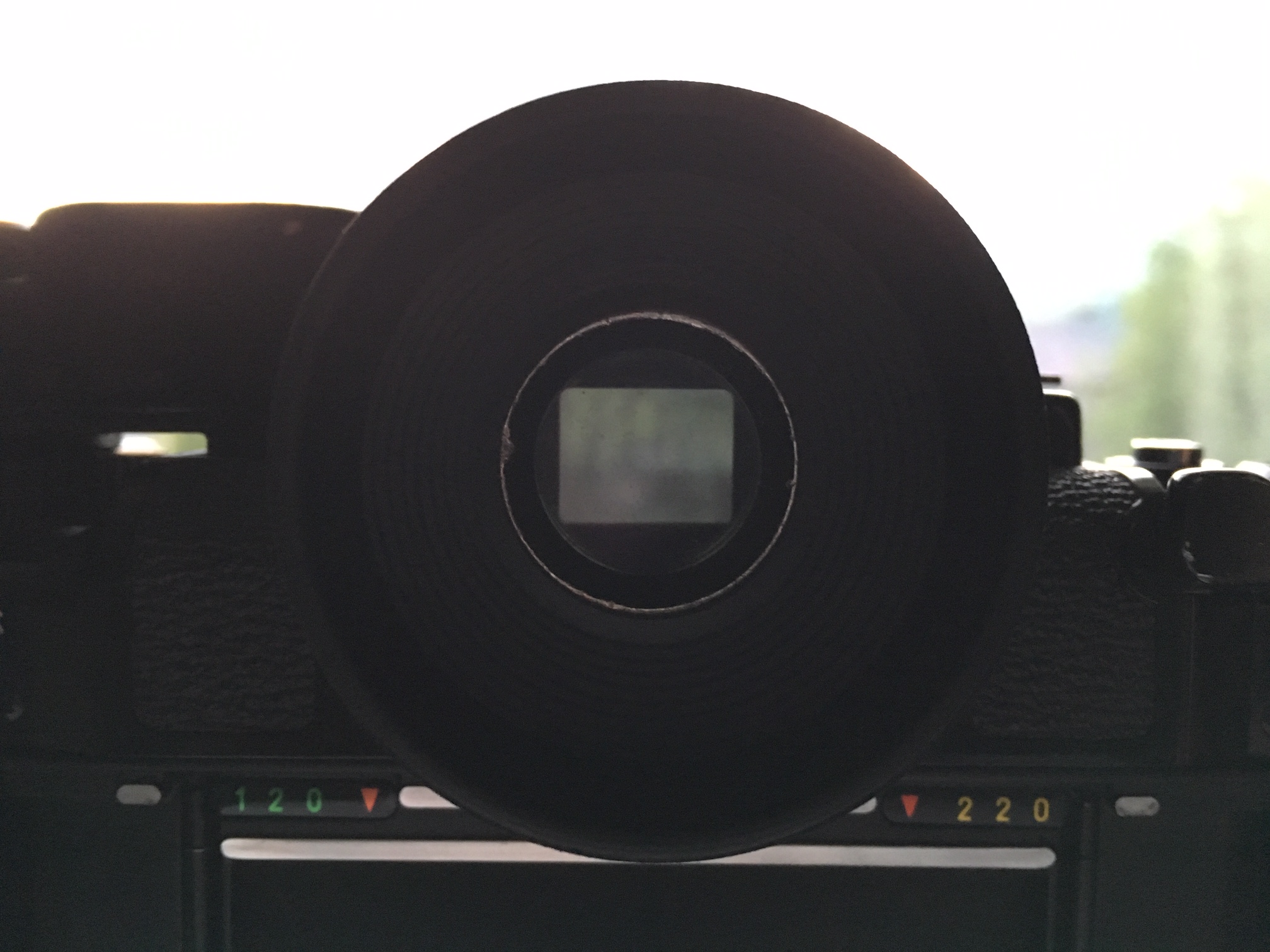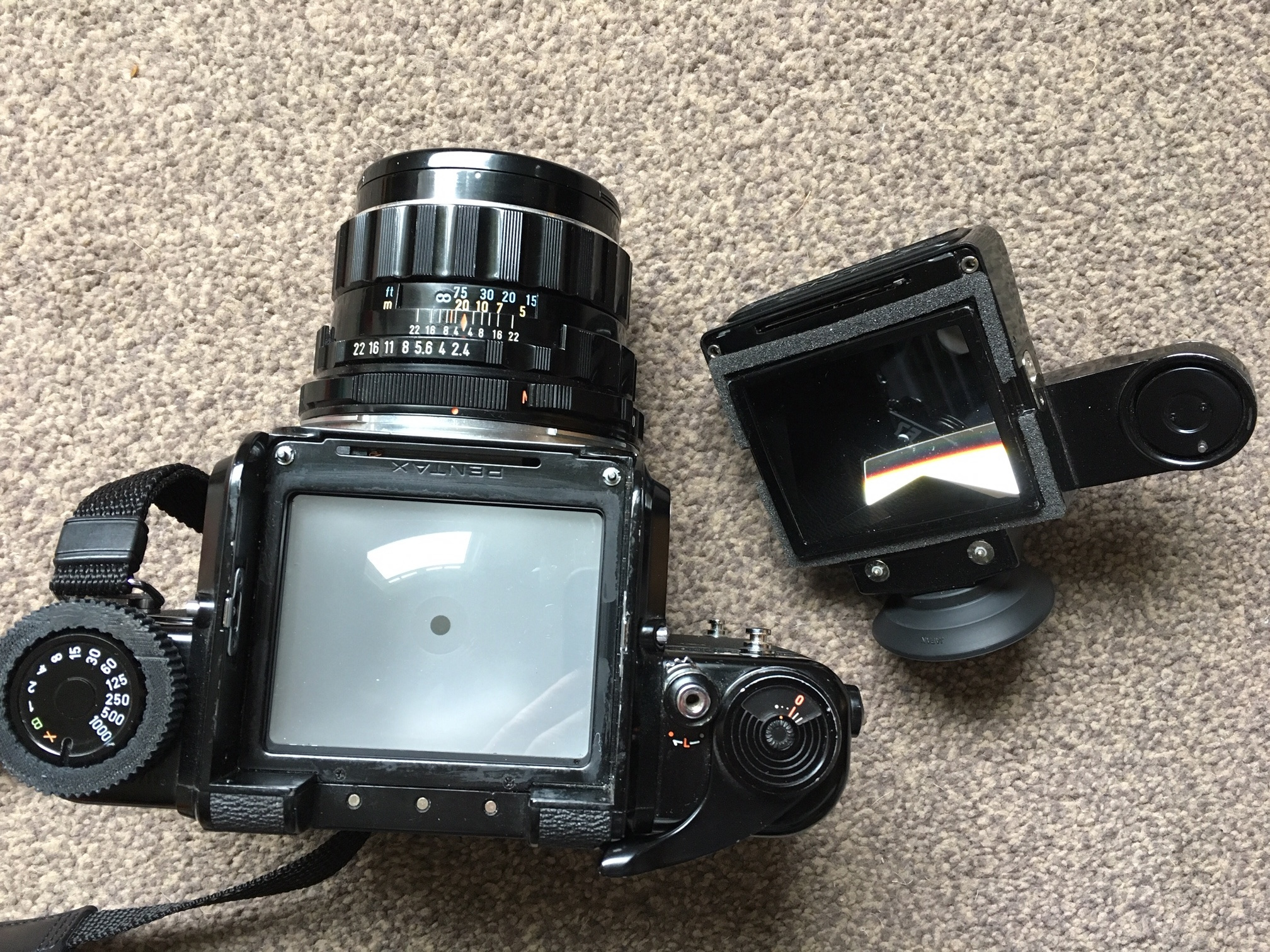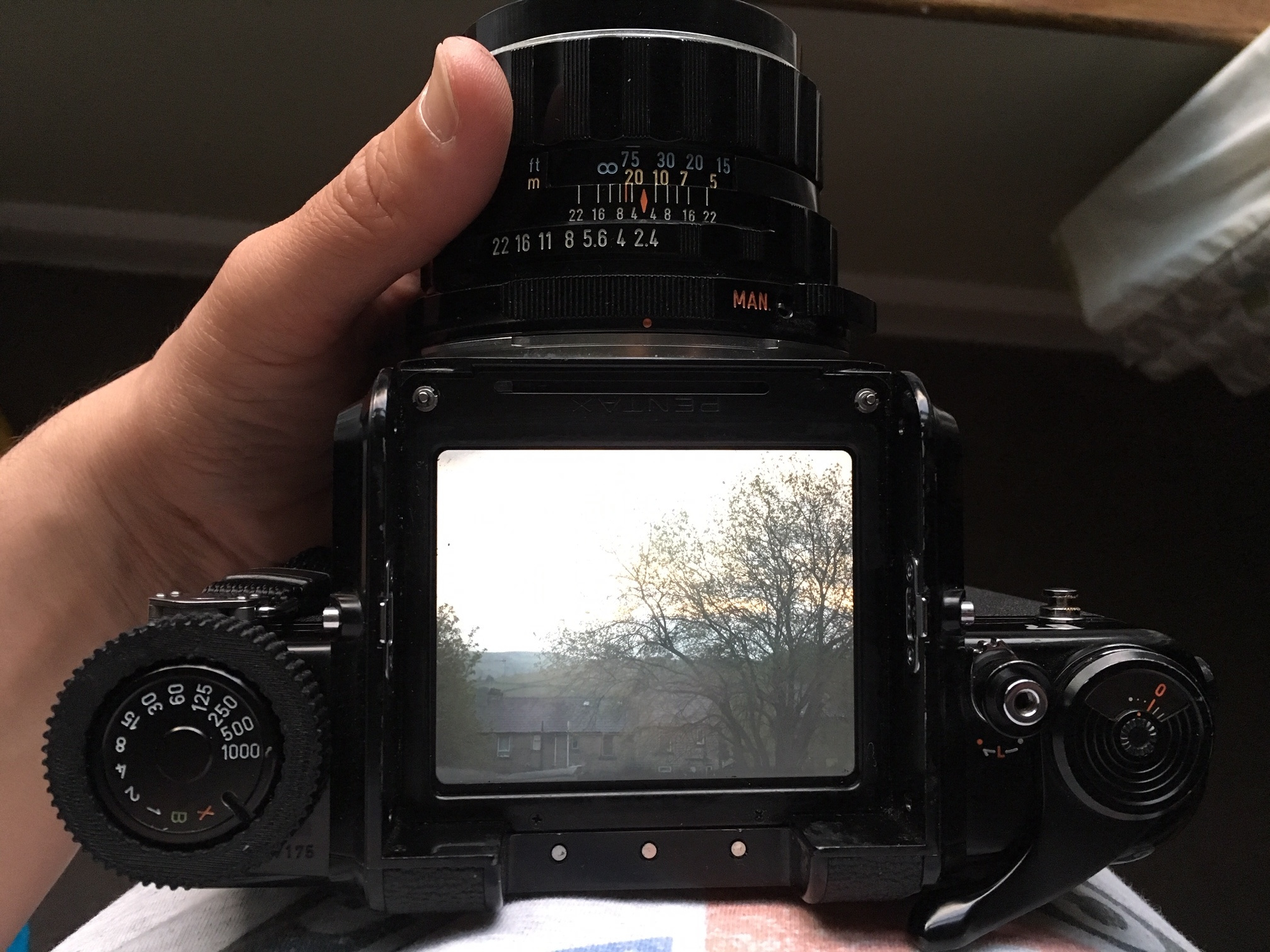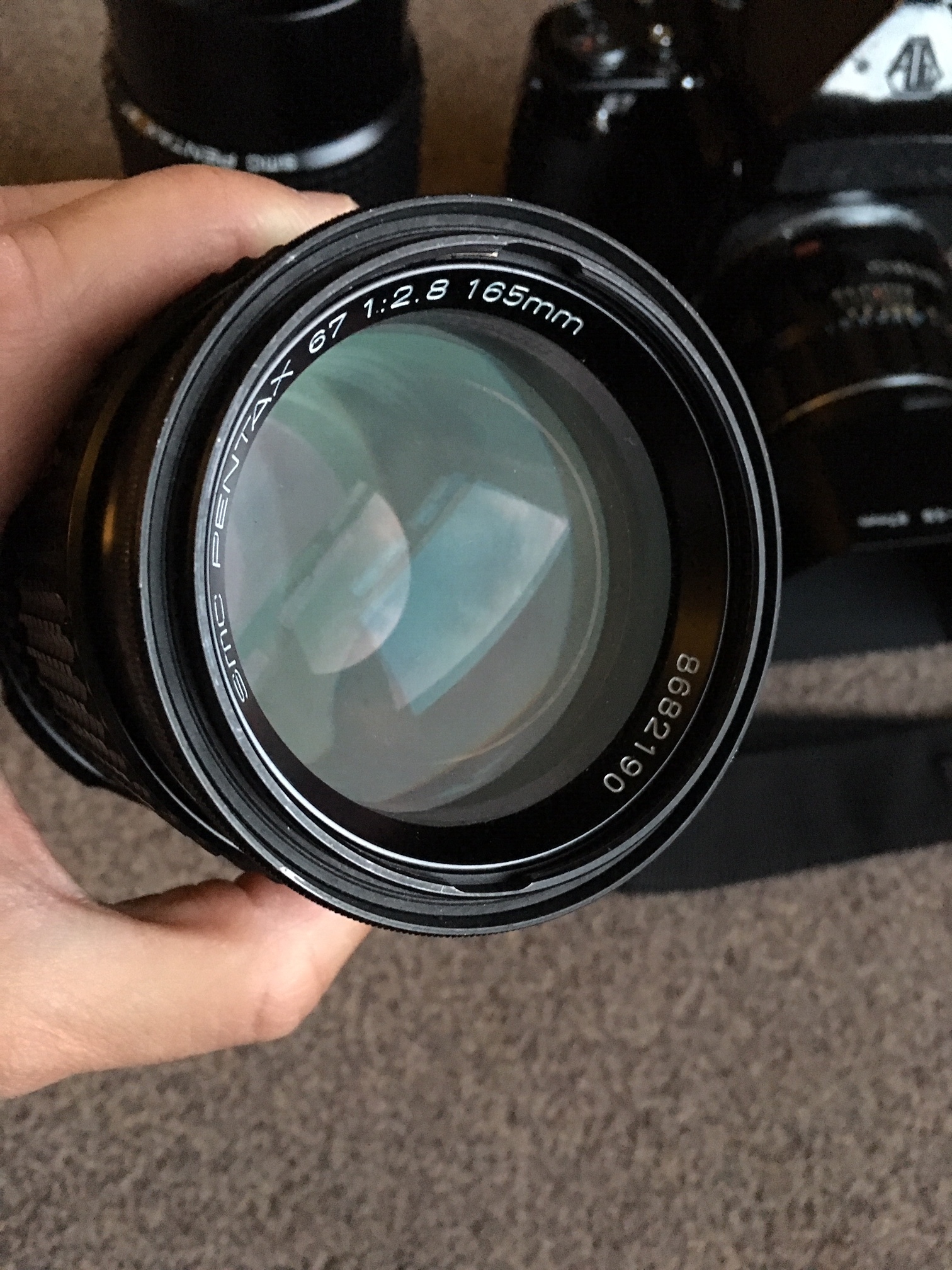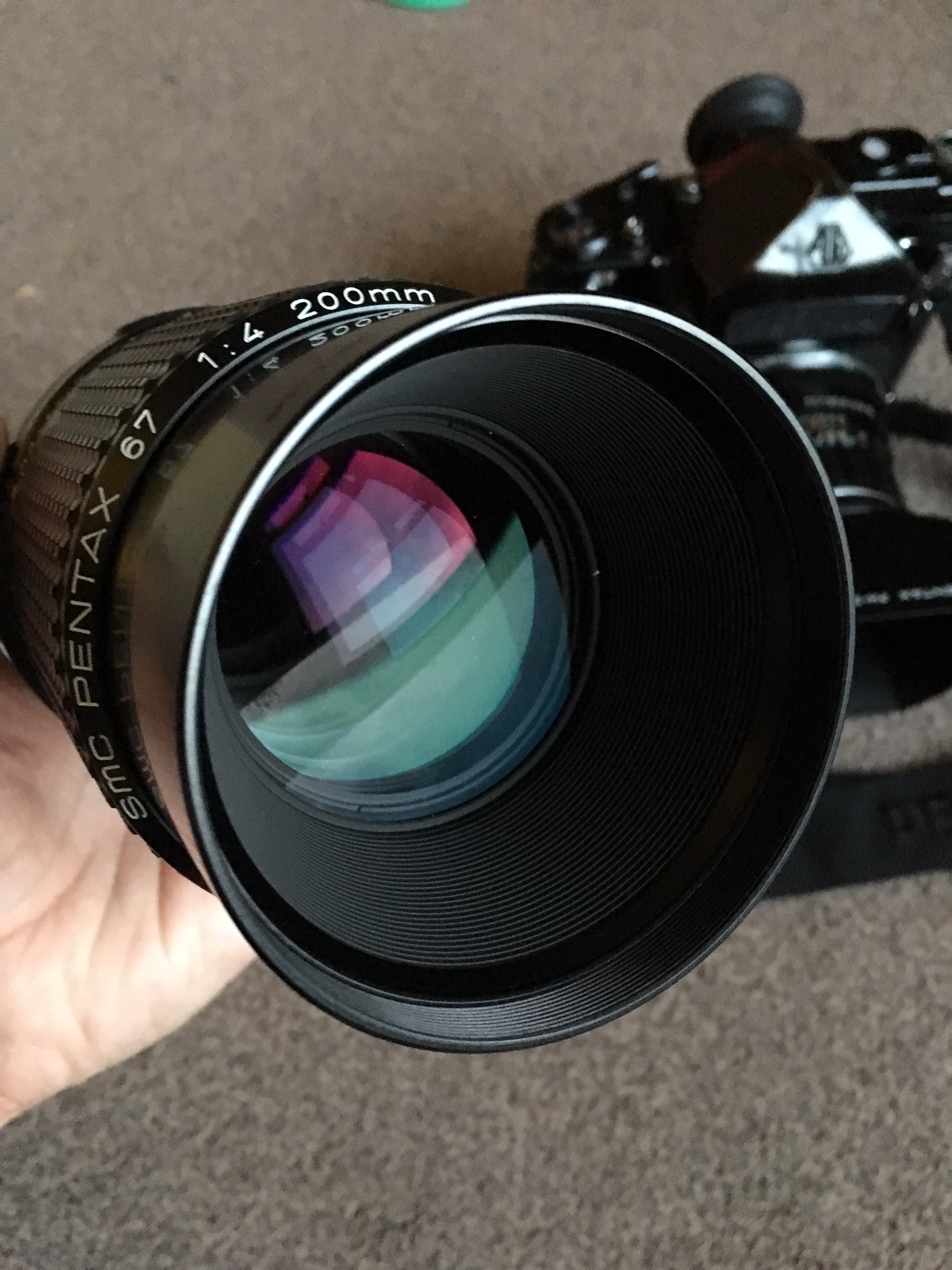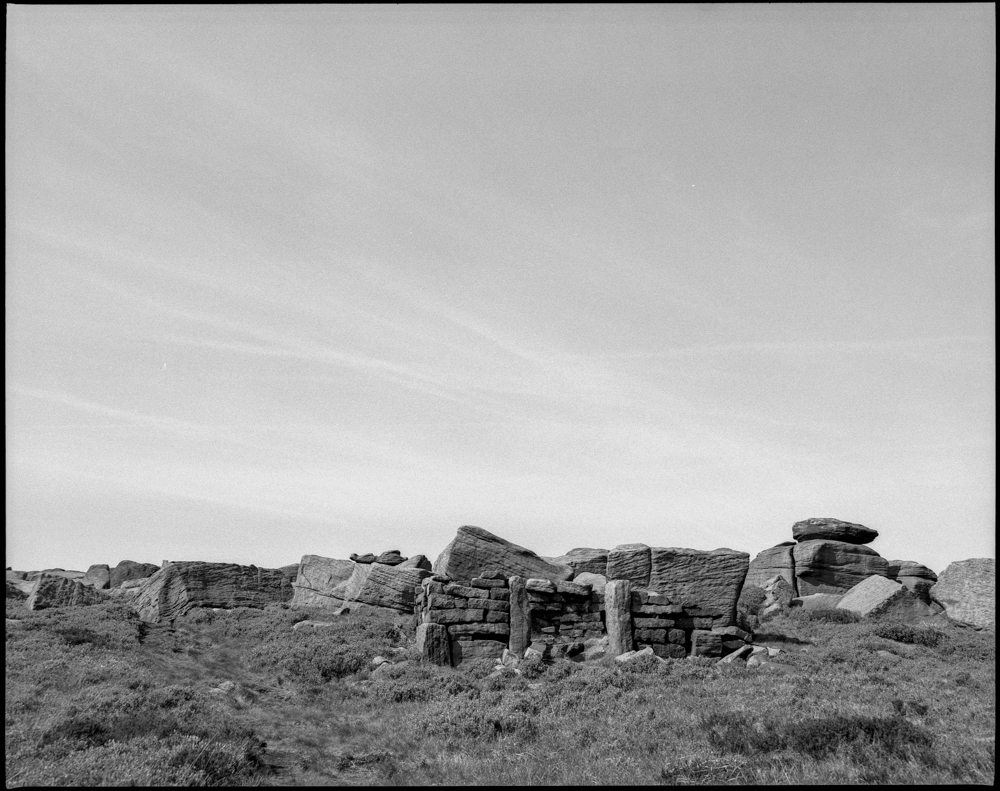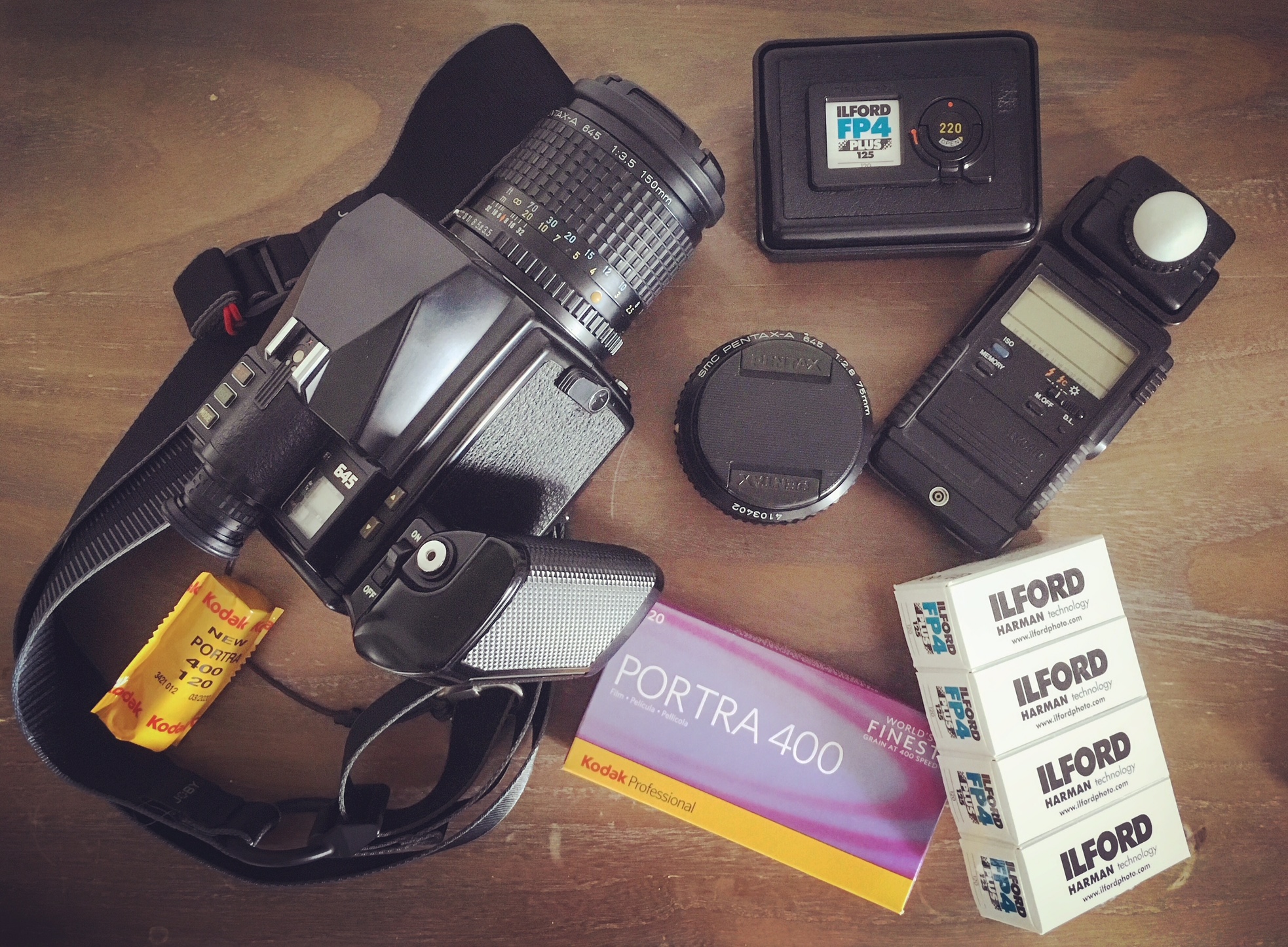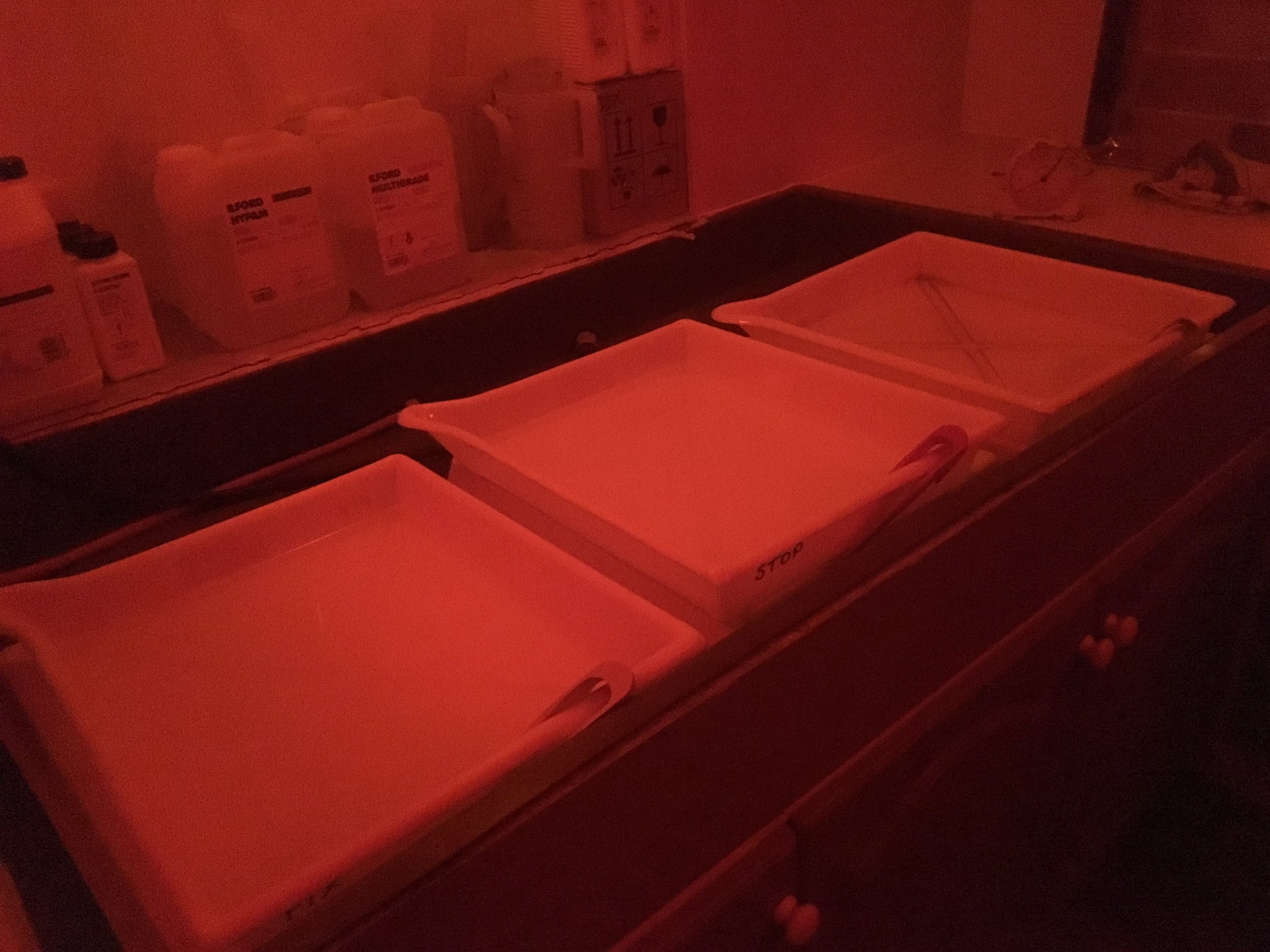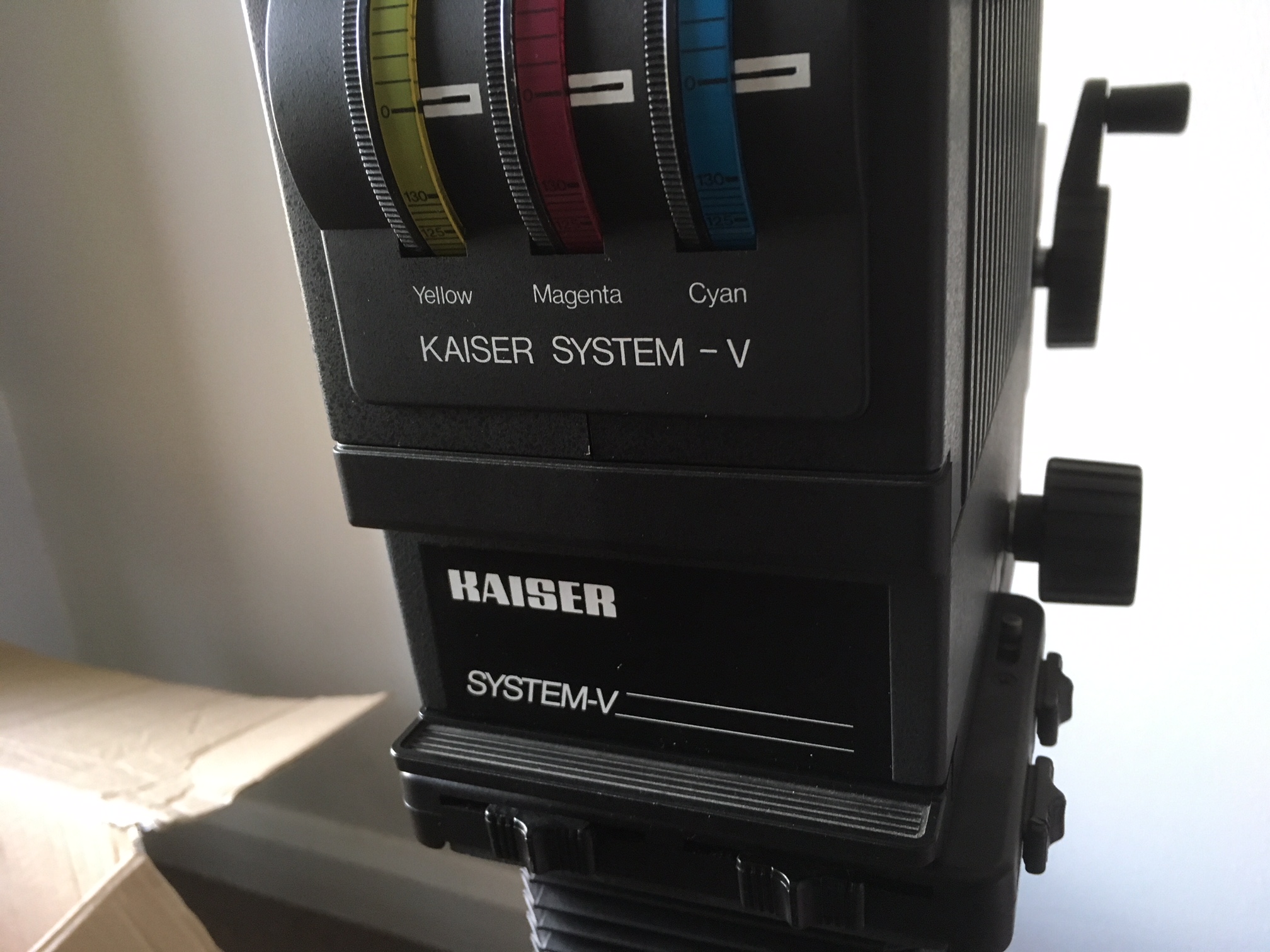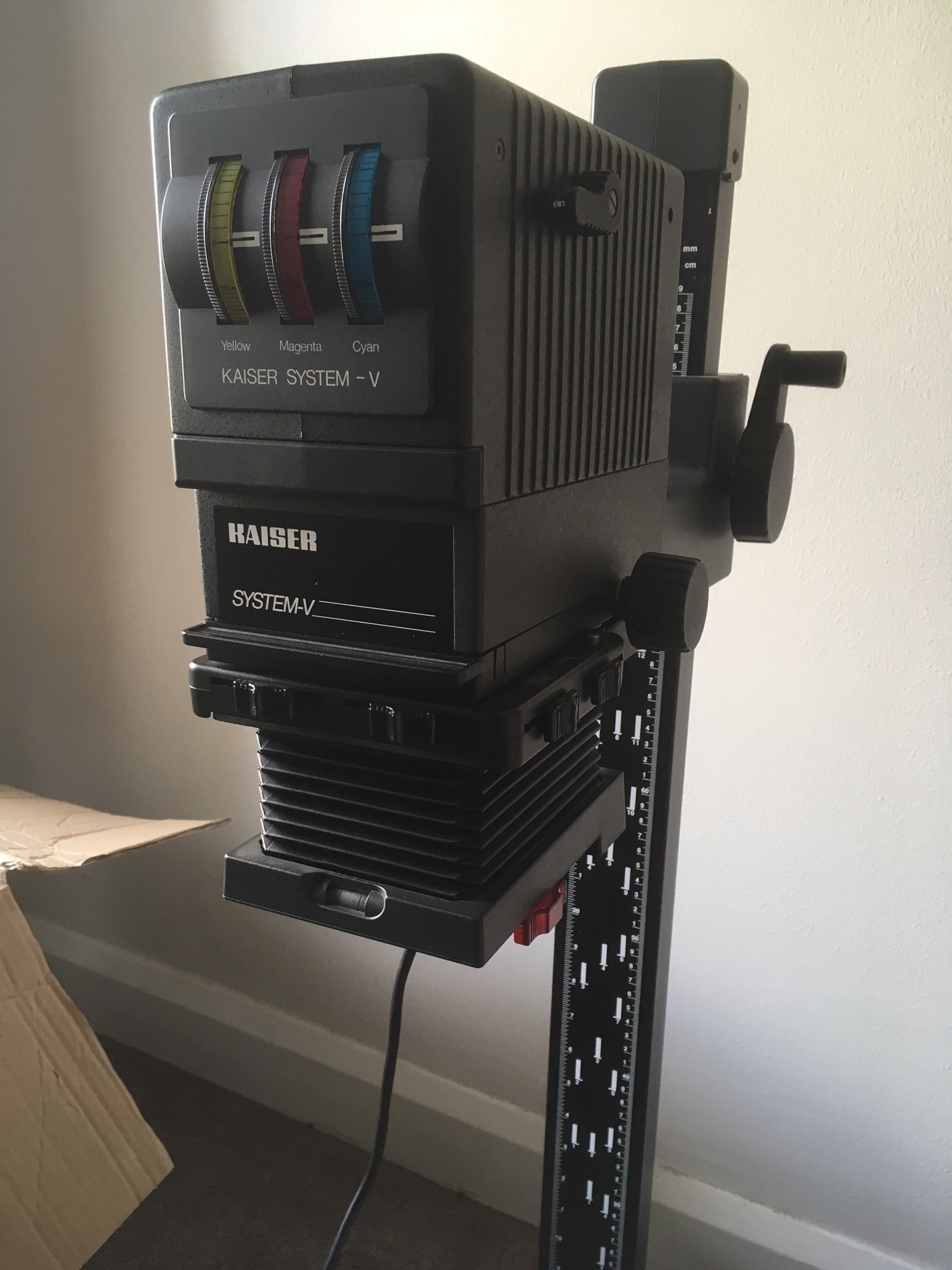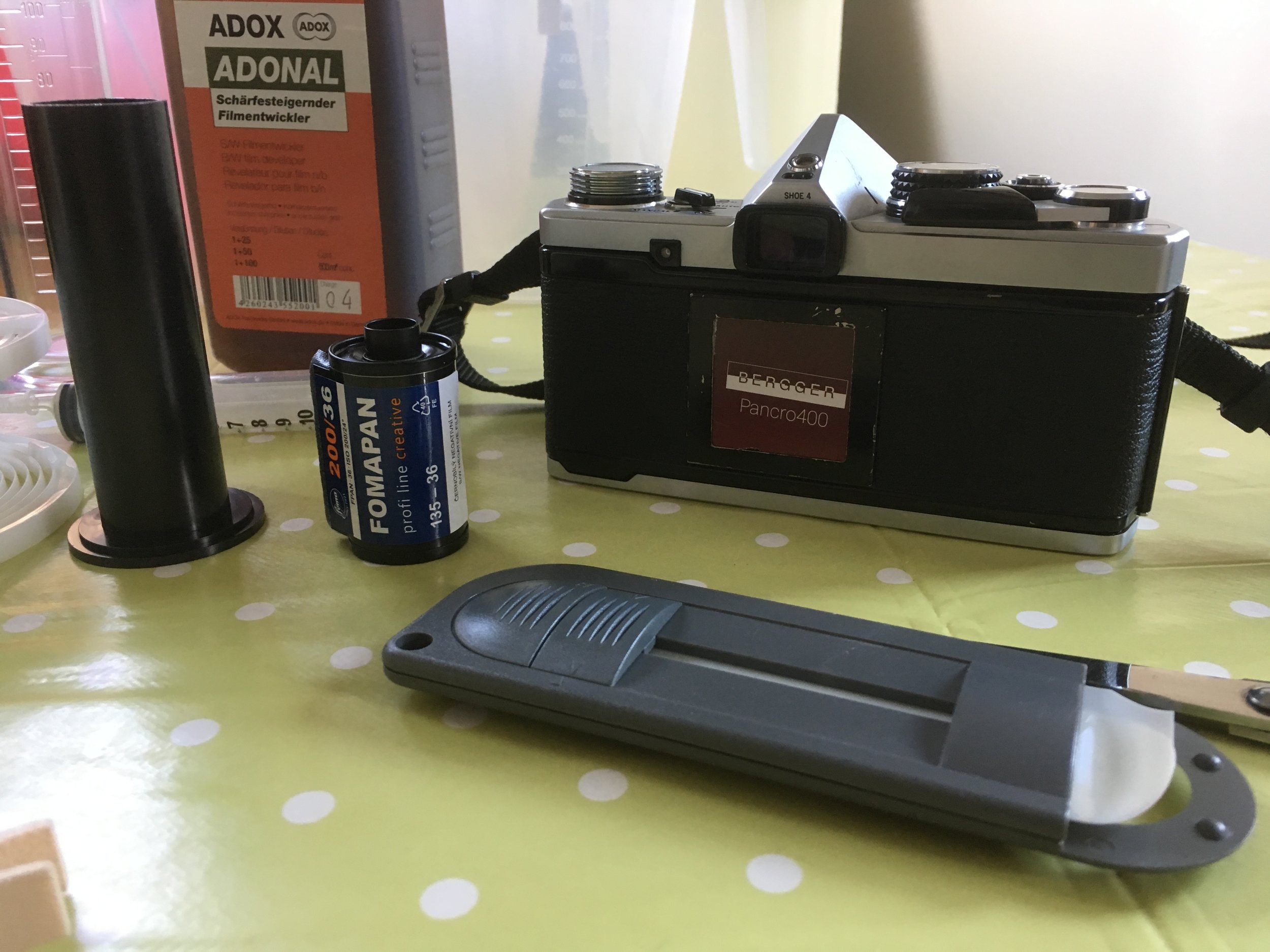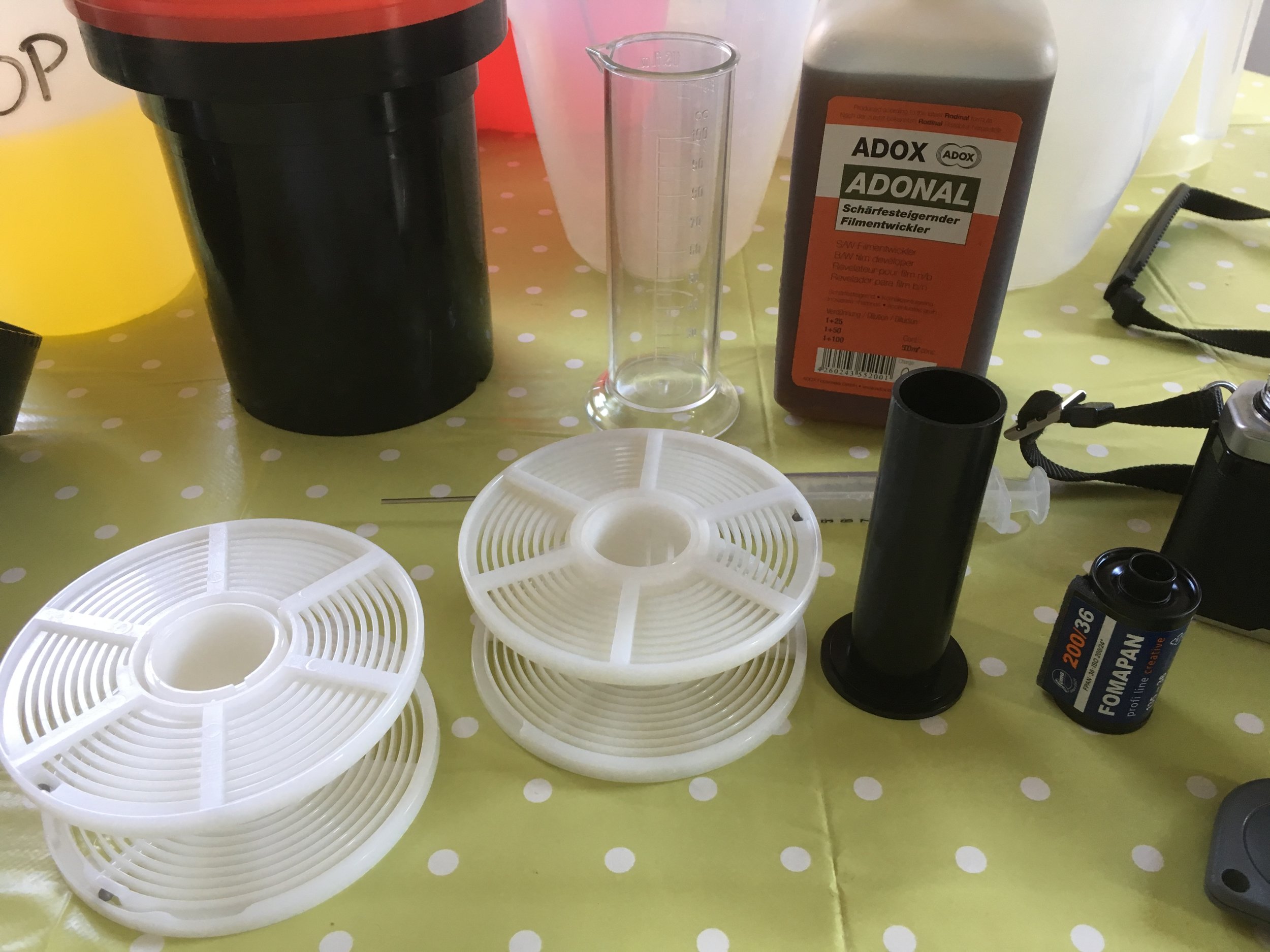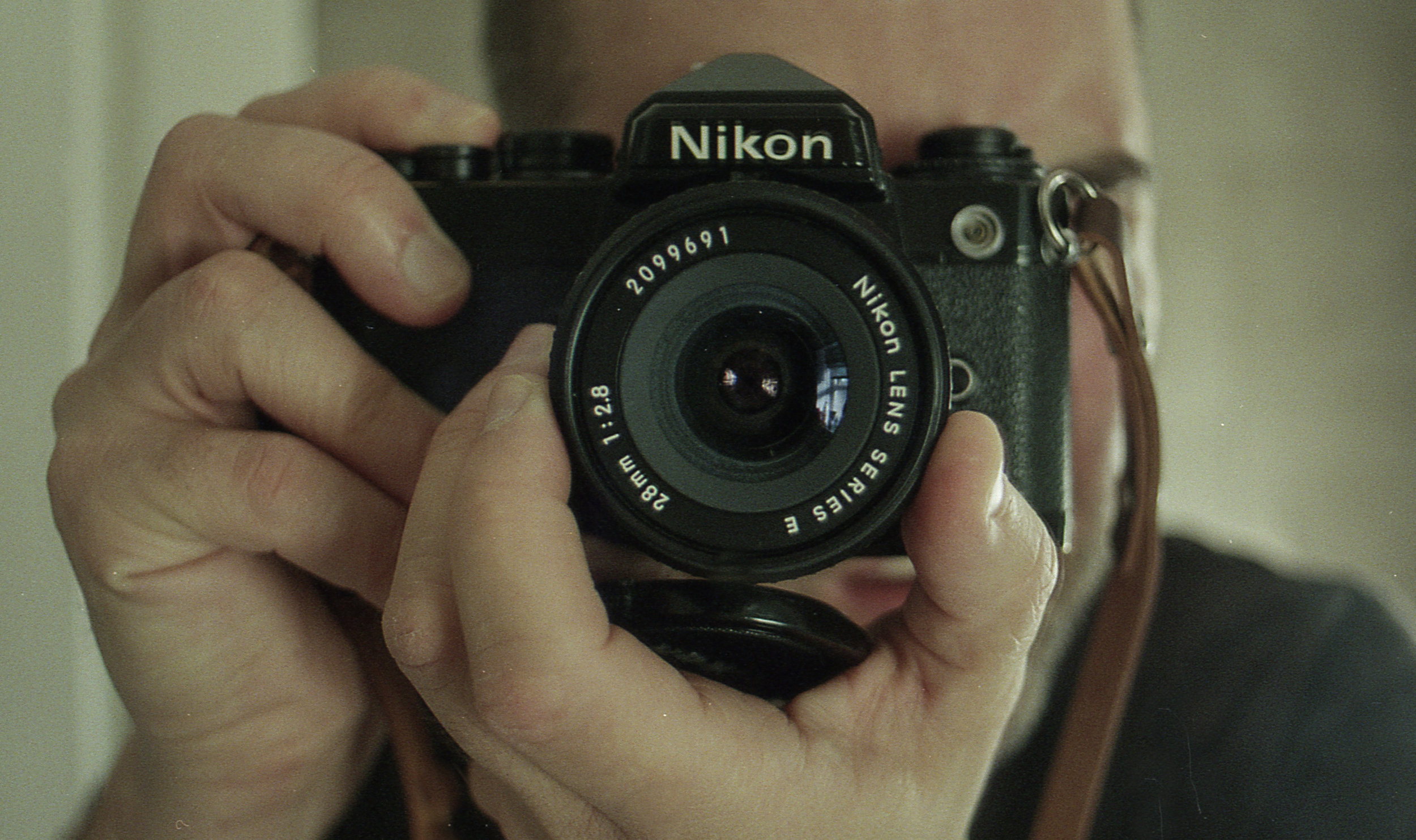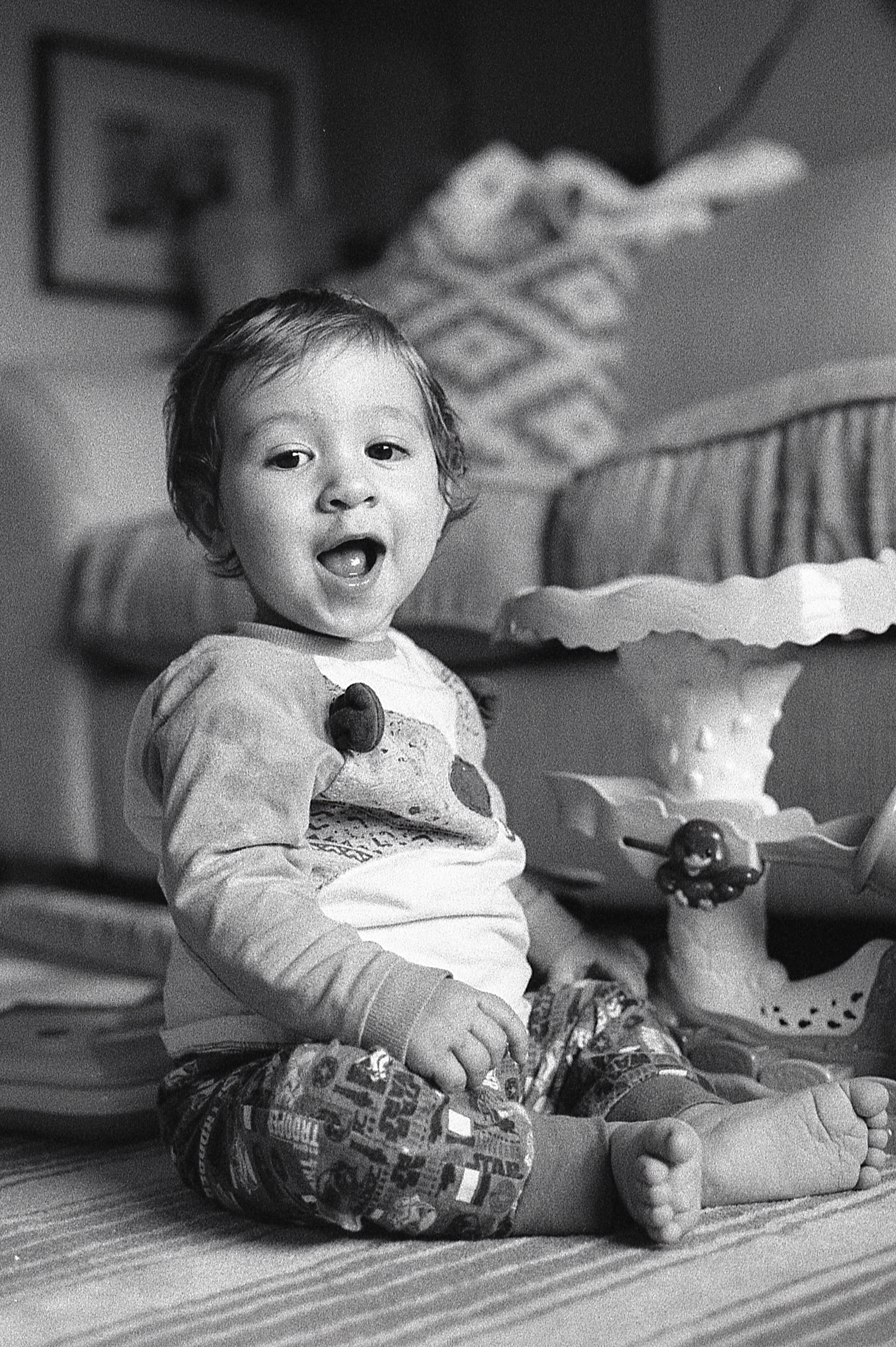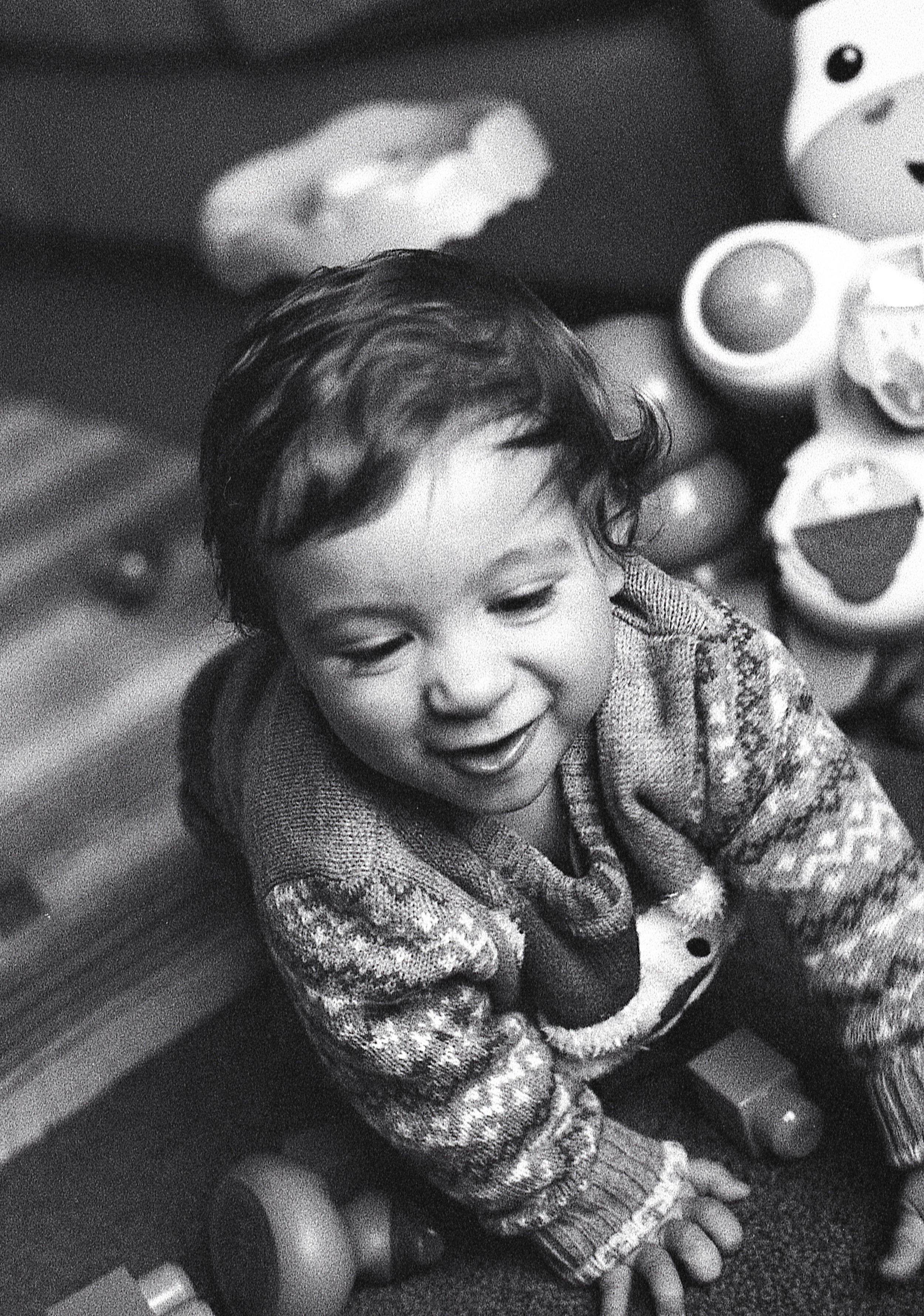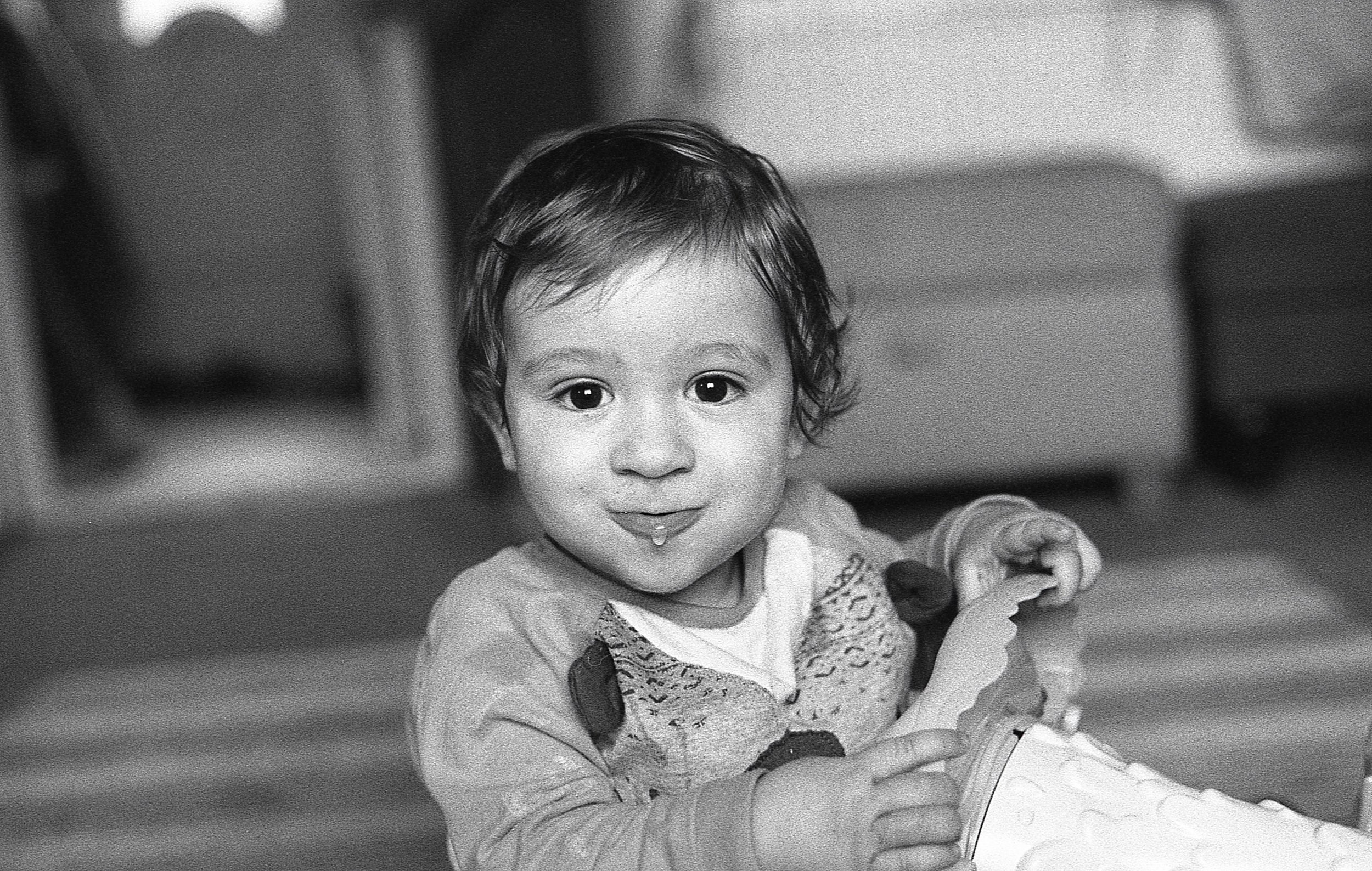Hello! In todays post I wanted to take stock of the journey so far with my photography blog, to reflect on the process and what this experience has taught me and of course wax lyrical about photography, film, cameras, lenses - you know… the usual!
I took my first tentative steps into the world of blogging on December 2nd 2015 HERE with what (by my current waffly standards) was a very laconic commentary from behind the scenes of a fashion shoot I was involved in.
My how time has flown! That first attempt felt very much like hurling myself into the void (was there anybody there) in fact that feeling never really goes away - or at least it hasn’t for me (is there anybody there)?!
In a little over 5 years this blog has taken me on an amazing journey! One that I had no idea I was embarking on at the time but a journey nonetheless! I’ve learned all sorts of things about myself, about photography, about writing, about shooting projects for a particular audience, about websites (I’m still a bit rubbish with websites).
In the early days I really wasn’t sure WHY I wanted to write a blog, perhaps I thought that I had more to say on the matter? Perhaps I wanted a platform that existed outside of the realm of social media? Perhaps….
Looking back at some of my previous blog posts it’s interesting to chart my progression from jobbing ‘I will literally shoot anything for money’ freelance photographer, documenting my travels for work (ah how I miss travelling for work)! And then a couple of years ago a definite shift towards film only and focussing in more on portraiture. I think I’ve also shifted from writing gear reviews towards just presenting the results of my work, I can definitely see progression in my confidence as a photographer and a blogger too.
Themes which stand out have been:
Film Developing Semi Stand black and white development and Colour Film at home
Travel photography from London to Berlin
Shooting old lenses on digital cameras HERE and HERE
Gear reviews Nikon F2 and F3 as well as the Pentax 67 and Spotmatic F
Shooting film in Low Light HERE and HERE
What I can confidently say now though is that writing a blog about photography (and more latterly specifically about film photography) is that it has given me a creative outlet beyond the photographic process - it’s been a learning curve but I find joy in the written word and as much as I might be tempted by the showy lights of those ‘vloggers’ over on Youtube and Instagram - I guess I’m just a bit too oldschool for that carry on )and maybe just a bit too old) ;)
What has been most gratifying on this journey is that actually there was someone out there! I am pleasantly surprised to know that there are quite a lot of people out there, not just that but they like what they see/read on this page! I looked at the analytics for 2020 and there were 18,000 visitors to the blog! Now for all those young thrusters over there in social media world maybe thats small potatoes but for little old me who just started writing for the enjoyment of it - this is AMAZING!!
I have shied away from ‘monetising’ the blog - I find it a real put off to see blogs that are festooned in advertisements so I can re-assure you that I won’t be going down that route, I’ve also decided not to go down the Patreon route as I want to keep the blog open to anyone who wants to view it and I don’t like the idea of having a pay wall. Ko fi seems like a happy medium. I’ll continue to create content, and if someone out there feels inclined to buy me a virtual coffee by way of thanks then that would be much appreciated! Here’s a button you can use if you feel that way inclined at this very moment!
Writing the blog has opened so many doors in terms of my creativity and even on the business side of things too, I’ve had several paying jobs as a result of people reading the blogs, seeing my work and commissioning me to create some images for them which is pretty flipping cool! I’ve also been asked to write articles for Silver Grain Classics magazine who found me via my blog and I’m about to get my first editorial published in SGC magazine! So yeah, if you’ve ever sat and wondered about writing a blog my advice is to get going! Put yourself out there, even if you don’t have a clear direction in mind beginning if the first step - the journey really is the destination who knows what you’ll discover on the way!
